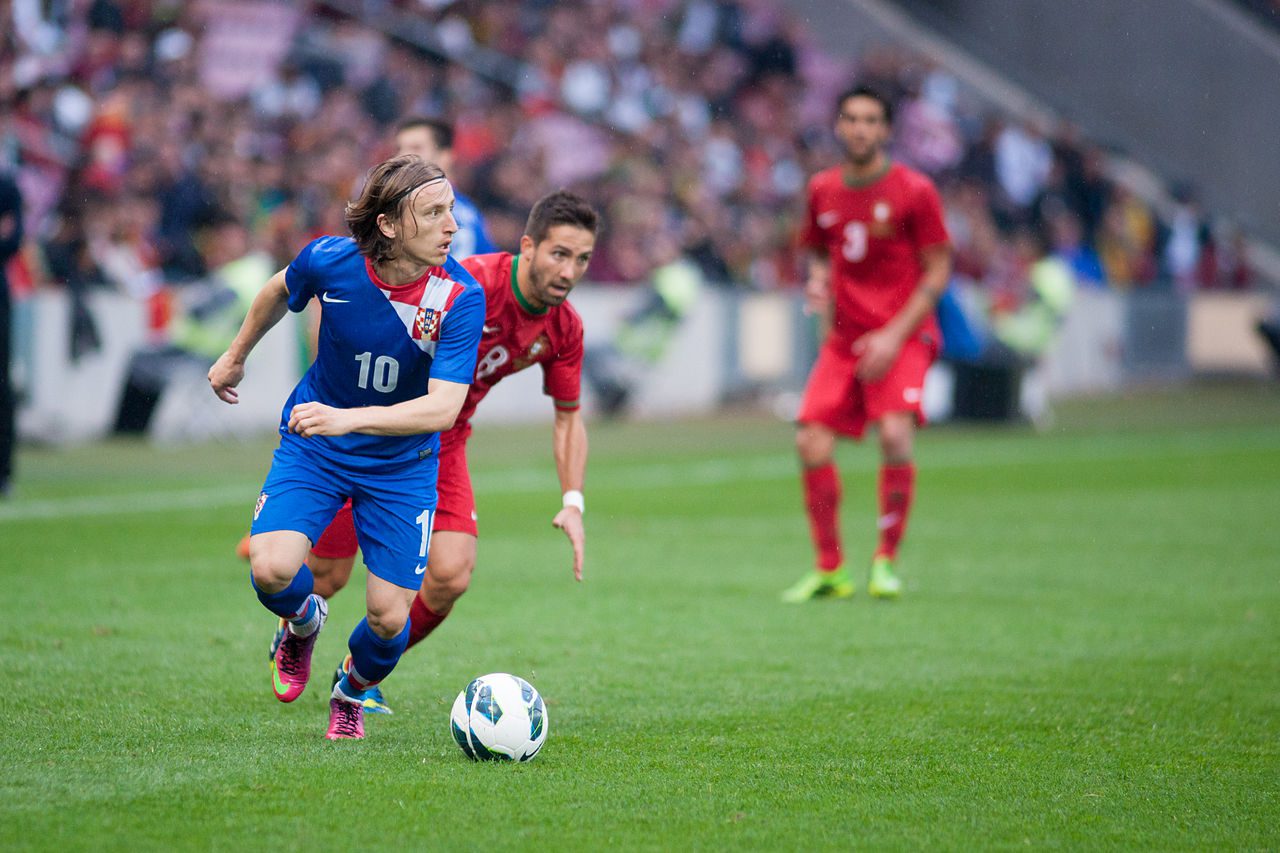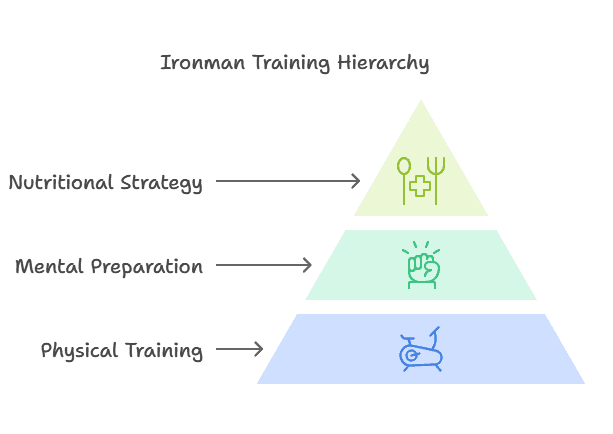The Best Sports For Triathletes
Back in 2012, Psychology Today proclaimed that triathlon is the best sport, and we’d never argue with the assertion. Noting everything from the athletic balance of the sport to the fact that there are multiple ways to measure success, the article actually put forth a compelling case that this is the best way to compete via physical fitness.
Triathlon is also wonderful in that it compels you to go through training in three distinct activities, such that your training shouldn’t ever get boring or monotonous. Even so, there’s a good chance anyone engaging in triathlon training has a virtually insatiable appetite for physical activity, which is why it can be fun to embrace other sports as well. Most sports provide some level of cardio training or practice in skills that can be relevant for triathlon, after all. So here’s our list of a few side sports you may want to consider as a triathlete or aspiring triathlete.
Soccer
If there’s an organized team sport that most closely replicates the strains of distance running and triathlon, it’s probably soccer. When you watch a match on television it often looks as if the players are walking around quite a bit, and in some positions and some scenarios, that’s true. But soccer fields are also a lot larger than many people realize, and the players are in constant motion even if they slow down and speed up regularly. Take the recent World Cup as an example: over the course of the tournament, Croatia’s star midfielder Luka Modric tallied the longest total distance covered at nearly 70km. Croatia played in seven total matches, meaning he ran about 10km per match. This is a high-end example at the professional level, but it does give you some idea of how accustomed soccer players get to distance running.
Water Polo
Running is far and away the easiest aspect of triathlon to work on through other sports. However, the sport of water polo is about as good as it gets if you want to generally be stronger and more comfortable in the water. While it’s more about treading water than swimming distances, it is more broadly about total immersion in the physical challenges that water offers. It’s a sport that will work you into incredible physical shape in general, and which will have you as comfortable as you can be in a competitive water environment.
Basketball
Among mainstream sports, basketball can’t quite match soccer for total distance covered, and the cardio activity in this sport tends to come more in the form of sprints and jumps than continual running. Still, even basketball players run a great deal more than some people realize. Consider Kawhi Leonard, for instance, who’s been one of the most buzzed about professional basketball players of late. Leonard recently being traded shifted the NBA title odds simply because he’s an incredibly talented player – but also because he plays extraordinarily hard. In his last season before an injury kept him out for 2017-18, Leonard was near the top of the league with nearly 2.5 miles run per game. It’s not exactly a marathon distance but it shows that if you play basketball regularly you can grow accustomed to fairly hard running for up to two or three miles.
Tennis
Here again we have a sport in which players tend to run more than fans realize. It’s been pointed out that less distance can be more in tennis, because sometimes the best players more or less stay in the middle of the court using their control and power to force their opponents to run more. However, style matters as well. Rafael Nadal has become one of the best players of all time largely through relentless fitness, Novak Djokovic got by with a defensive style built on getting to each and every ball for years, and David Ferrer was a career top-10 player because of relentless energy. Overall, it’s not uncommon for players deep in tournaments to have run something akin to a half marathon over the course of several matches. The other benefit here is that tennis is a sport you can play on the side with relatively little risk of injuring yourself for triathlon, though sprained ankles certainly occur with some regularity. 




